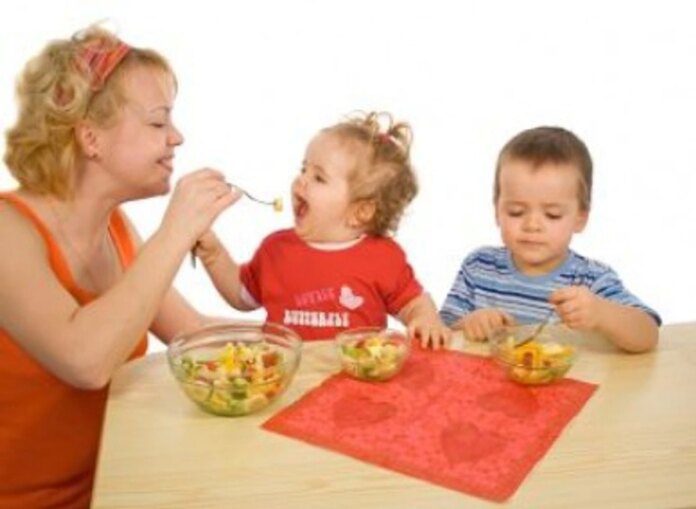
Small children are at high risk of choking or choking on food. Thus, when the teeth start to grow, the little one goes through a period of diversification and has a tendency to swallow food.
All foods present a risk of suffocation for the little one, but hard and whole foods are really dangerous.
Drowning causes an uncomfortable sensation for the child, but he can breathe, cry and make different sounds. In such situations, you must be in control of yourself, do not panic and focus on the problem of the little one.
Drowning is said to be a normal process at
during the diversification period. It usually occurs either when the child has too much food in their mouth or when they are not chewing their food well enough.
If the child makes sounds, it means that his airway is not blocked, he can breathe, which means that he has not drowned.
Most often, suffocation induces panic among parents. It occurs when food gets stuck in the airways. If the airways are only partially blocked, the body tries to release them by coughing. A complete blockage is a medical emergency.
When the child is choking, do not try to remove food from the child’s mouth, as you could push the object into the airway. Encourage him to chew, cough or spit out the food. After the little one swallows or spits out the excess, you can give him water or milk.
If the little one is breathing, do not try to hit him on the back or do chest compressions as you may make the situation worse by pushing the food further into a dangerous position.
Also, if the child can’t breathe, can’t speak and doesn’t cough or, worse, bruises his face, call an ambulance.
The child can suffocate following an allergic reaction to a food consumed.




































